This one deserves a place in every museum: The Epson R-D1 is definitely a ground-breaking camera. The world’s first digital rangefinder camera with M-Mount and an APS-C CCD sensor with 6.1 Megapixel resolution was released in 2004. And because of the mount, the Epson R-D1 also deserves an honorary place in The M Files. Thanks to David B. for making this special 20th anniversary tribute possible!
It was no less than a massive shock for Leica. Two underdogs in the camera industry come up with a scoop. Epson and Cosina are releasing the R-D1, while Leica is struggling to develop the M8. Jesko von Oeynhausen is said to have recently shared what Leica’s thoughts then were on the Epson camera: They were, back in 2004, more than surprised that a company best known for printers was able to launch such a camera. And Leica was seriously afraid of losing M customers.
When Epson launched the R-D1, Leica had the digital back for the M8/M9
It’s not that Leica had no competence in digital cameras, and Peter Karbe has repeatedly claimed that the narrative that Leica almost missed the (digital) train is simply wrong. In fact, Leica released the digital back for the R8/R9 in early 2004. At 10MP and a crop factor of 1.3, it was ahead of most other APS-C-based solutions at the time. It was also technically far more advanced than the Epson R-D1.
For two years, Epson had the market to itself
However, a digital M proved far more complicated because rangefinder optics and digital sensors have a difficult relationship. This is because the rear nodal point, especially of wide-angle lenses, is often very close to the plane of the sensor, which means that light rays reach the sensor at very steep angles. And yes, Leica knew that a digital M which would not work properly with their revered M lenses and that would be a disaster. As a result, Epson had a unique product until the Leica M8 came out in November 2006.
The rest (more or less) is history. Leica improved the M8 to become the M8.2, with better handling of the infrared spectrum, and finally hit it big in 2009 with the M9, the first full-frame digital rangefinder camera. The M9 was also the last model with a CCD sensor, and is still treasured by many active photographers. Leica continued at a steady pace with the Leica M (type 240 and its derivatives) in 2013, the M10 in 2017, and finally the current M11 family. Epson, on the other hand, was soon out of the running.

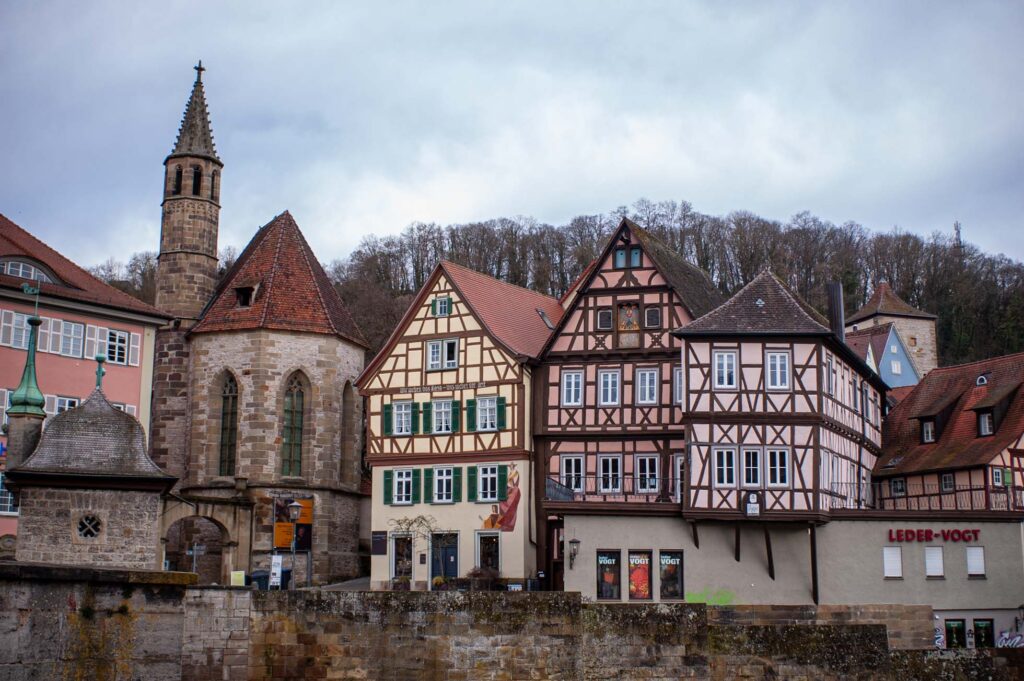
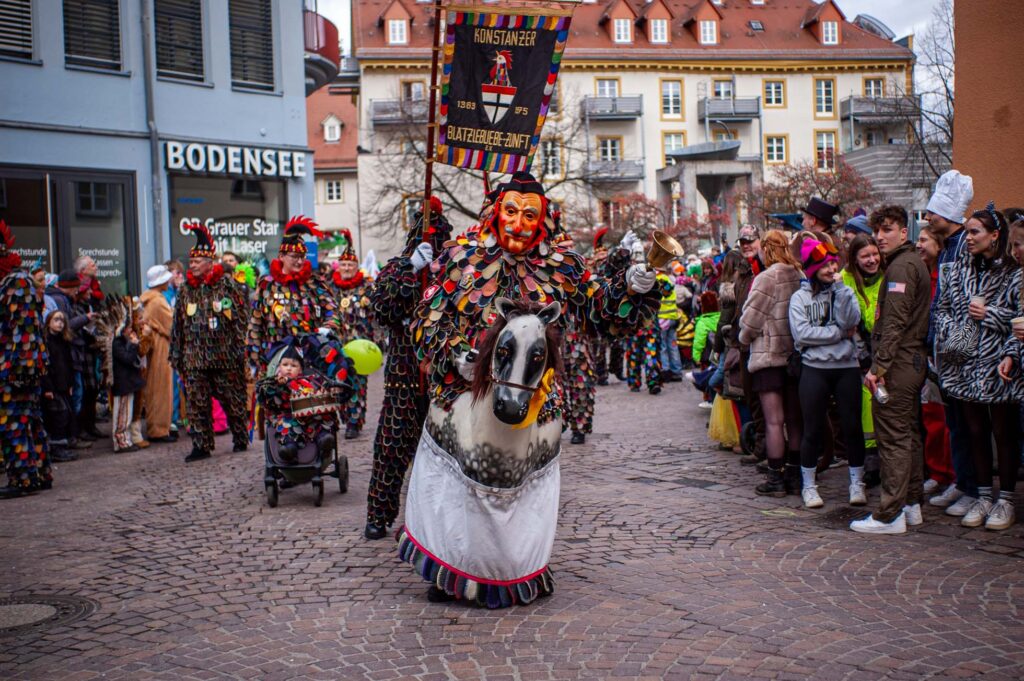
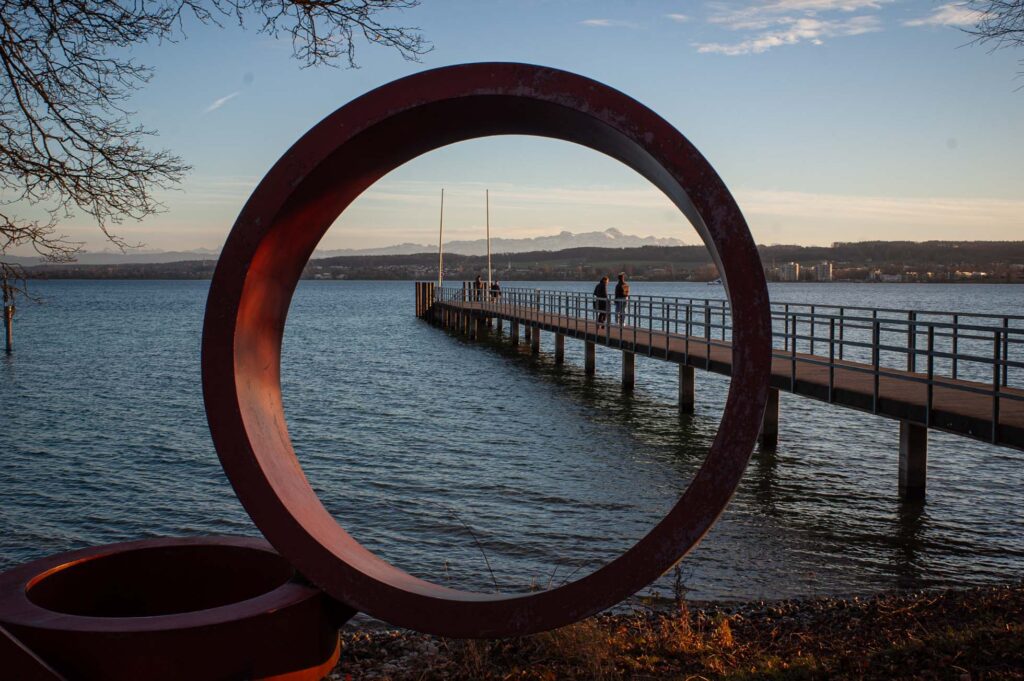
History: The Epson R-D1 remained a niche product
During its time, the Epson R-D1 also saw some improvements, but nothing really new in terms of sensor technology or size. The R-D1s, R-D1x and finally the D-D1xG models came with advanced tilting screens and card interfaces, but they remained 6.1MP CCD cameras. Production of the first model ended around 2009, the last items were sold to customers who won a kind of lottery.
Sales figures were never officially published (10,000 items have been rumoured), but I know from dealers that the camera was not a massive success. It lacked the Leica appeal for Leica M owners and was too expensive for newcomers. Not to mention the very limited wide-angle capabilities (and that’s what rangefinder photography is all about, isn’t it?) with the rangefinder and crop sensor combination.
Basically, the Epson R-D1 is a Voigtländer R2 with a sensor (and more)
Of course, Epson could not build this camera entirely on its own. In fact, the Epson R-D1 is in many respects a Cosina/Voigtländer camera. It uses the body of the Voigtländer R2 rangefinder camera and basically replaces the film with the sensor, the space for the cartridge with a battery, adds electronics, a tilting screen (very innovative in 2004!), and an SD card slot. Furthermore, it swaps the film counter/rewind for a new display and new controls. There is even the good old film advance lever to wind up the (by the way, quite noisy) shutter!


However, it took until 2014 for Epson to announce that the R-D1x was being discontinued. By then, Epson/Cosina had been selling essentially the same camera for over ten years, in an era of rapid technological progress. The original Epson R-D1 had a retail price of around €3,000. In comparison: The Olympus E-1 Four Thirds DSLR cost about €2,000 in 2003 and the Canon EOS 5D full-frame DSLR was around €3,400 in 2005. And the price tag for the then new Leica M8 was €4,195 on the day of its release in November 2006. After a few years, however, R-D1 shelf-warmers were selling for considerably less. As of 2024, there is no longer any manufacturer support for the camera.
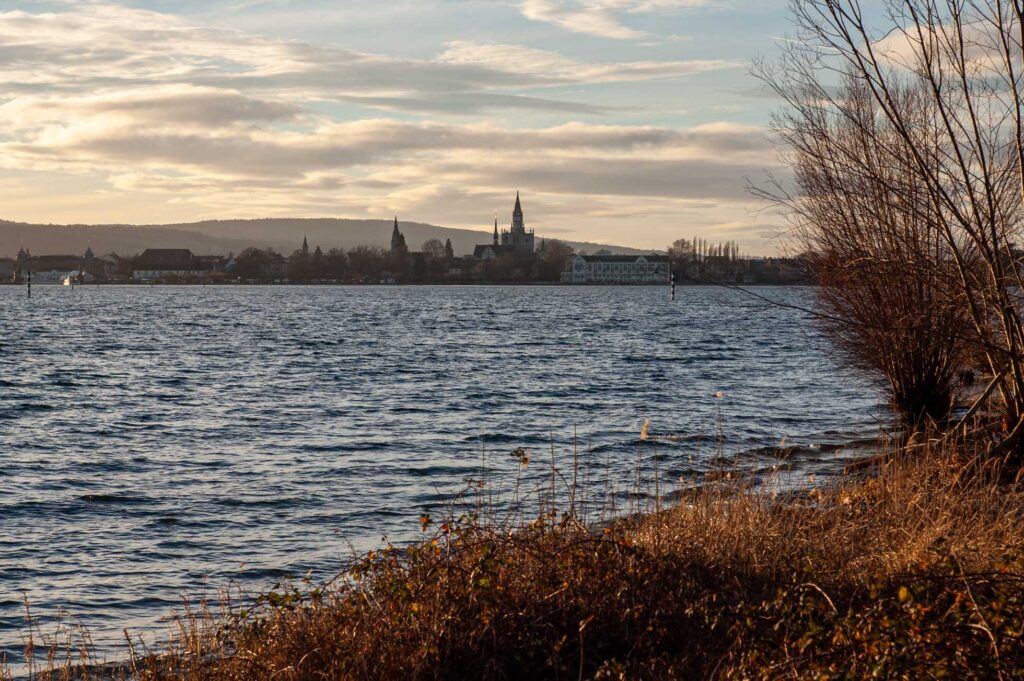
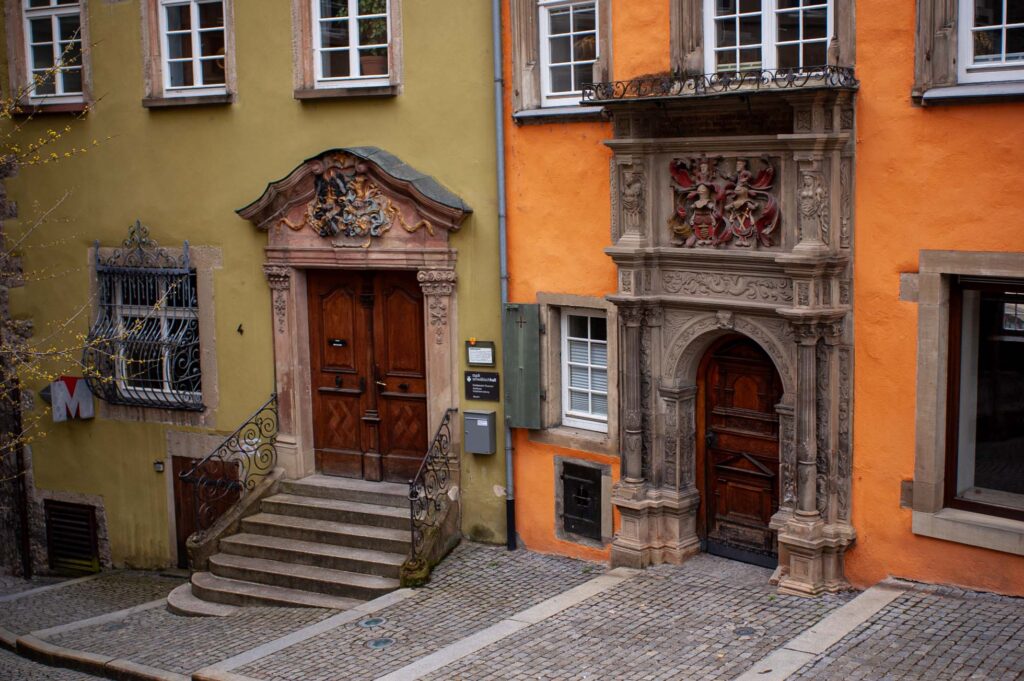
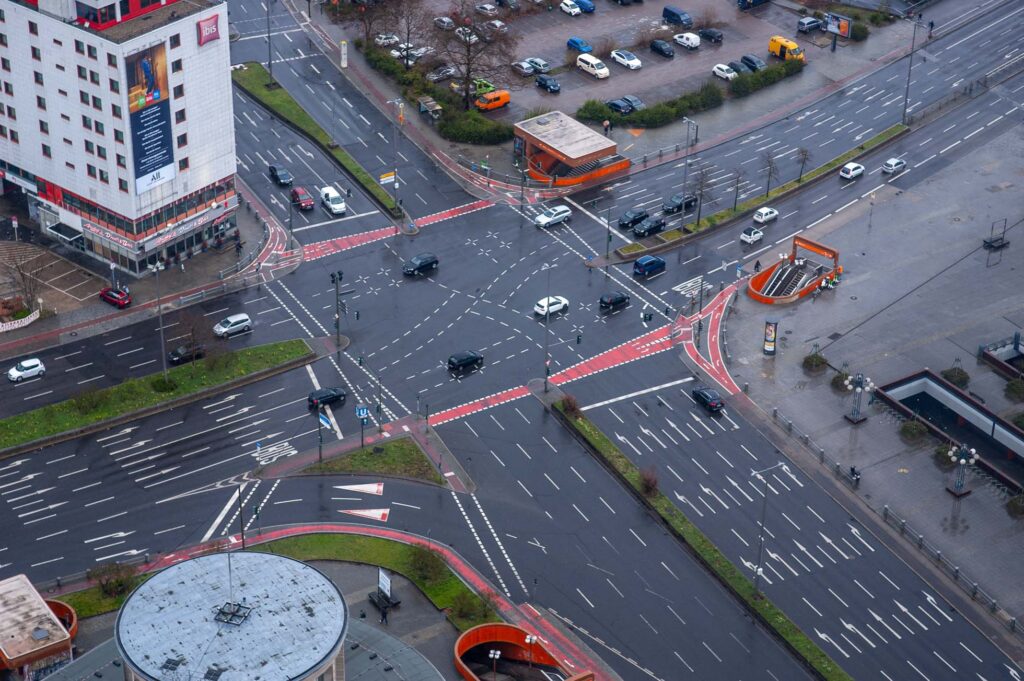
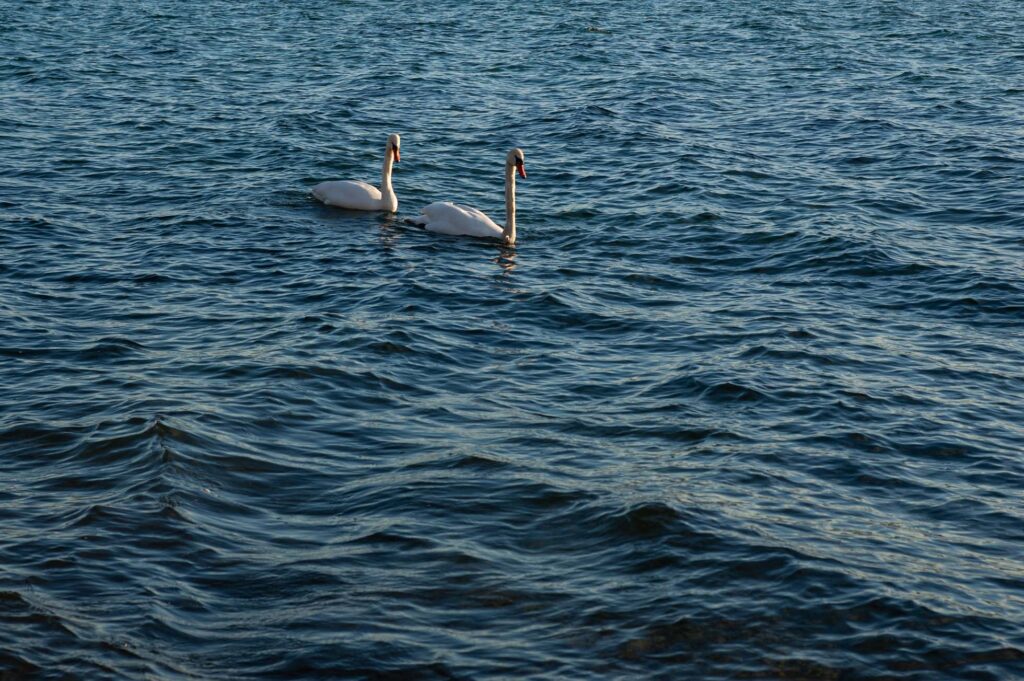
Handling of the Epson R-D1
The whole camera screams ‘analogue’: Instead of a shoulder-mounted LCD or LED display, there is a series of analogue pointers for battery, white balance, remaining space on the (maximum 2GB) SD card and file format (raw, high, normal). It’s a bit like the cockpit of a VW Beetle in an electric car. Call it eclectic, call it epigonal, call it unique. But if you’re from the film era, you’ll hardly need the manual (free download from Epson here), everything’s pretty self-explanatory.
Oh, this wonderful “rewind knob” — so much love for the details!

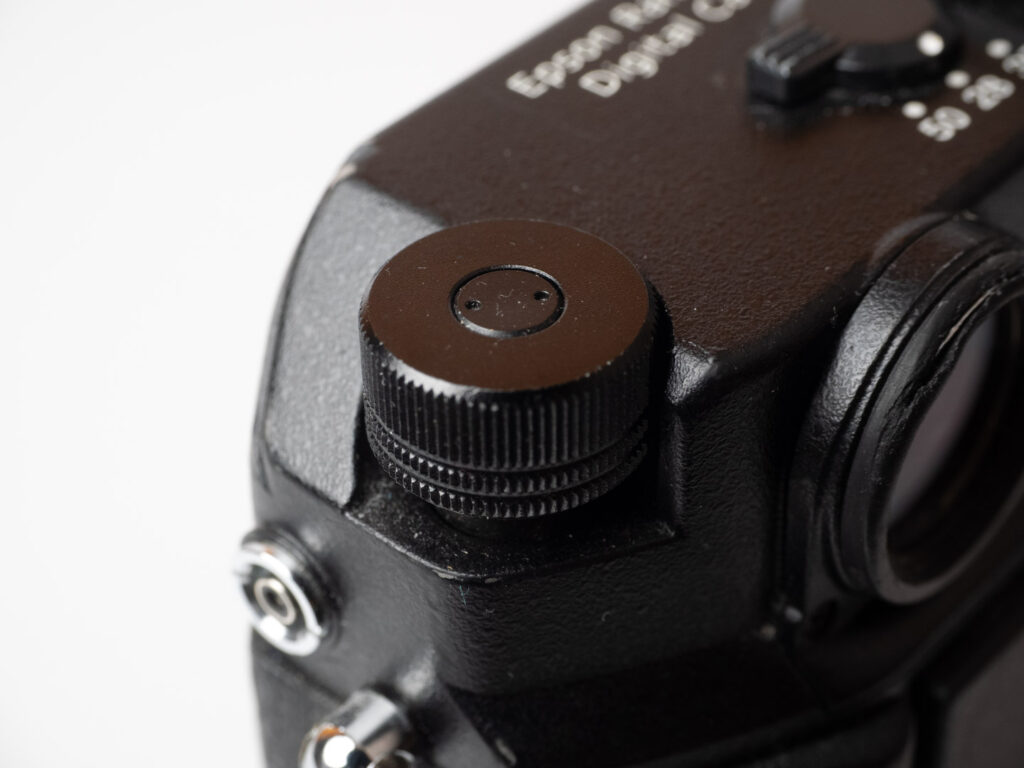
And there are some remarkable details. The ‘rewind’ knob is a jog wheel, used to scroll through the menu, which is beautifully made and still looks attractive after 20 years. You can even lift it up to access a second function! It took Leica more than ten years to adopt this idea in the form of the M10’s ISO control. The frame line selector (there is no automatic function as in Leica’s M models) is well known from other Voigtländer cameras, and even a small lever on the back for setting white balance and image quality is a nice touch. All in all, I would say that it is still quite impressive today.
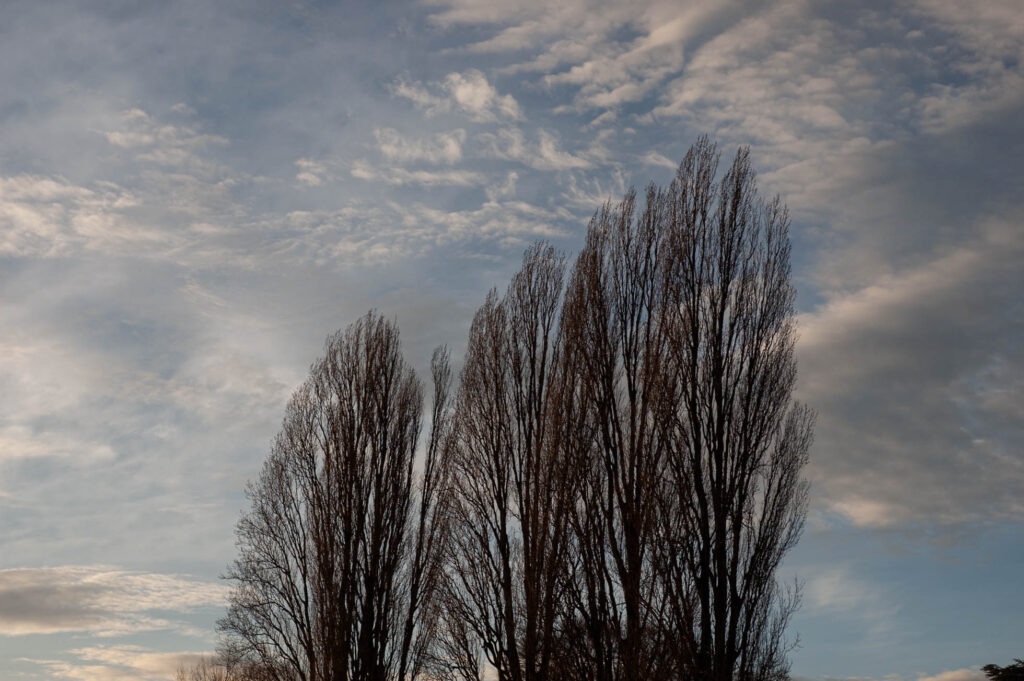
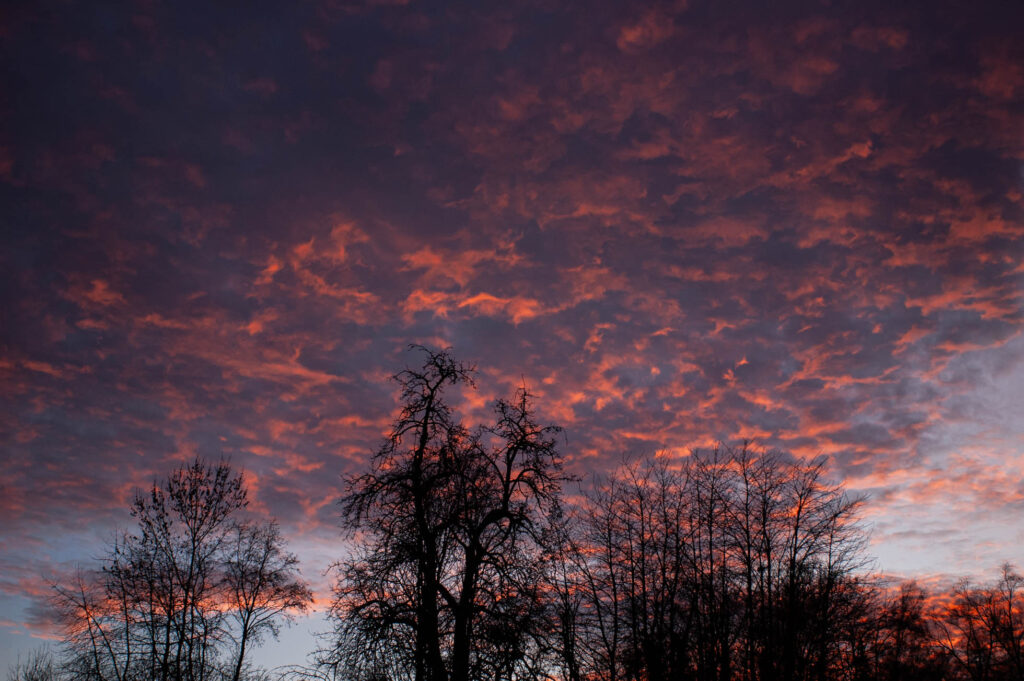


The Epson R-D1 is designed to be used in AE mode — you choose the aperture, and the camera chooses the right exposure speed, depending on the ISO value you have chosen. There is no Auto ISO. The shutter speed dial is familiar to anyone who prefers manual settings. In AE mode, this wheel is used to correct exposure. The camera uses LEDs in the viewfinder to indicate the shutter speed. These are clearly visible even in bright lighting conditions and range from ‘1’ (a full second) to 2000, with the presence of correction information, indicated by flashing time value LEDs.
Actually, you hardly need a manual for the Epson R-D1
All in all, the Epson R-D1 is an easy-to-use camera for anyone who has ever handled a rangefinder camera. The only thing to bear in mind is that ’28’ translates into the angle of view of a 42mm lens. If you want to use wider angles, such as 35mm or 28mm (63/75 degrees diagonal angle) full-frame equivalent, you need a 24/18mm full-frame lens and a 35/28 external viewfinder (read more about attachable viewfinders here). On the other hand, the ’35’ becomes a slightly longer ’50’ and the ’50’ becomes a ’75’ by cropping.
The 2-inch rear monitor deserves a special mention. It is certainly of limited use when it comes to judging your shots. The review function is incredibly slow by today’s standards. There is no live view, so the swivel mechanism will not give you all it theoretically could. You can, however, fold down the entire screen for a very traditional and clean look. In other words, you can turn this camera into a Leica-D-like model instantly and enjoy the most traditional photographic workflow imaginable. And remember, this camera was designed some twenty years ago!
Images from the Epson R-D1
I used the Epson R-D1 mainly with the Voigtländer Color-Skopar 28/2.8. I can’t really say why, but if felt just right to combine this camera with this new and minuscule lens. And in a way it combined Cosina with Cosina. Additionally, I attached the Leica APO-Summicron-M 50 to the R-D1. This was to rule out any possible negative effects of optics: The 50 APO is the best lens I could access for this review (well, it is world-class for sure), and I was sure that it would get the maximum out of the sensor. Other lenses I had on the Epson were the Laowa 14/4 (turning into a 21) and the new Voigtländer 50/1.5 (in effect 75mm).
I am showing here a few samples with the EXIF data as recorded. The exposure times seem a bit unconventional for me, and aperture is neither measured nor estimated by the Epson R-D1 (and I didn’t bother to write it up every time). I post processed the images moderately to get the best out of the RAW files without creating a fake impression.
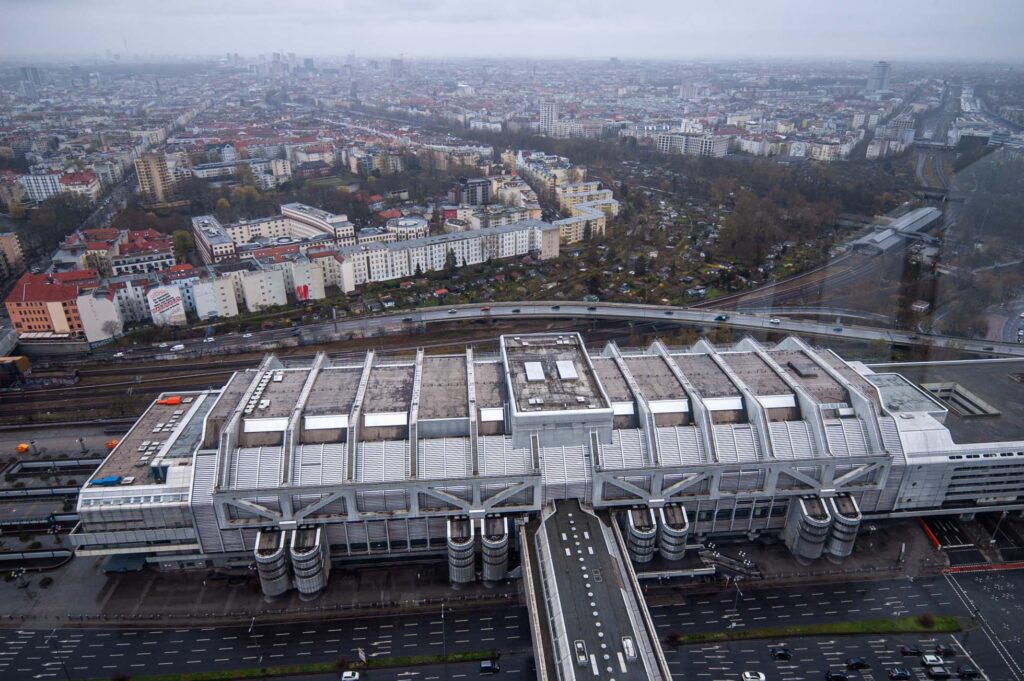
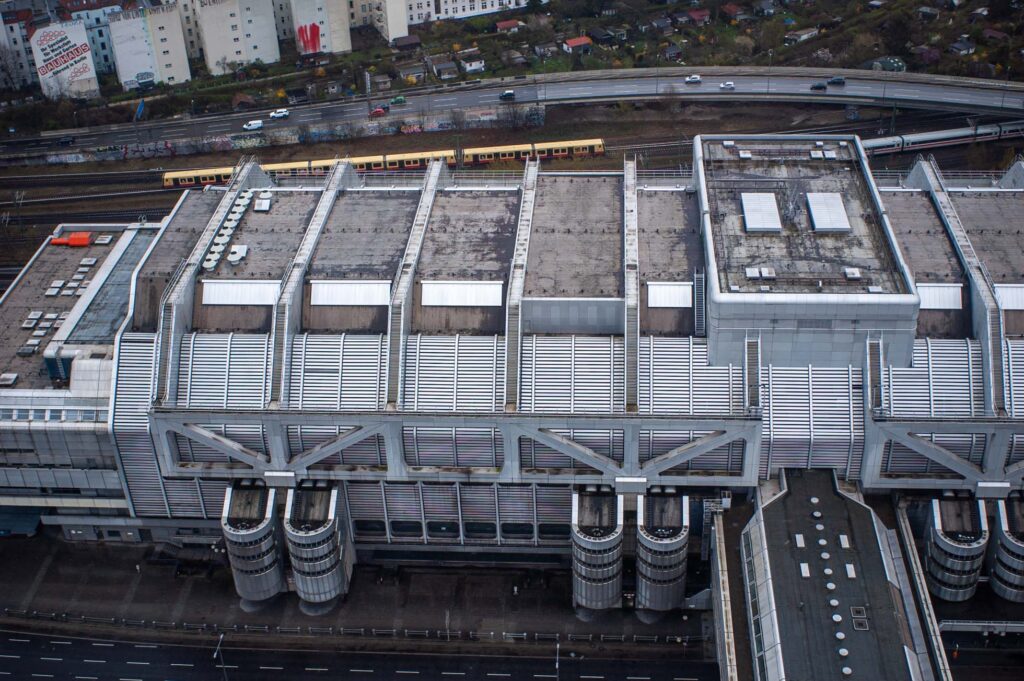
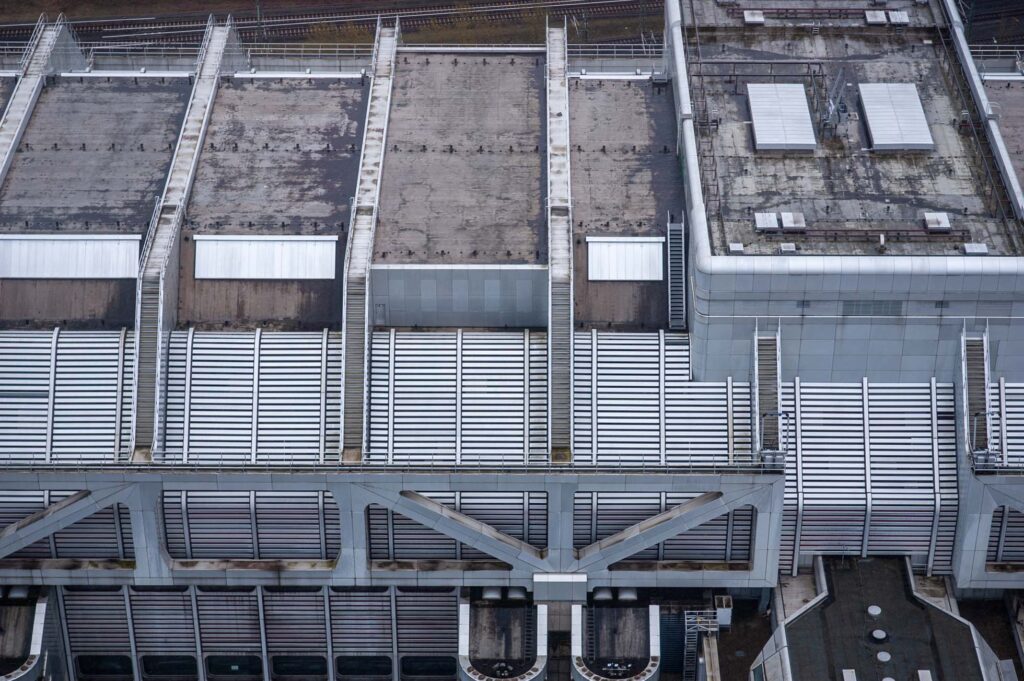
Remember, the overall image quality is always a function of sensor and lens resolution. This is why a high-resolving lens does make sense even on a low-resolving sensor, and a high-resolving sensor makes the most even of a sub-standards lens. Jono Slack wrote on this at the end of his wonderful M11 review here on Macfilos, quoting from an excellent blog article by Roger Cicala. I am pretty convinced of this approach which shows that the “this is lens is overkill for my camera” is misleading.
Focusing the Epson R-D1 can be tricky
I was curious how my hit rate would be with sharp images. The rangefinder is stunning with its 1.0 magnification, the positive side of the incompatibility with any real wide-angle lenses. I managed to operate the camera with both eyes open, an interesting experience. The rangefinder patch of the Epson R-D1 is rather small, and the viewfinder isn’t the brightest I have ever seen. Furthermore, the effective base length of the rangefinder is only 37mm (Leica M10 with 0.72 finder: 50.6mm) So, I started with the coward’s choice and used the Voigtländer 28/2.8. The results were good. I moved on to the APO-Summicron 50 and had a good success rate wide open. But f/1.5 with the 50mm Voigtländer lens and at close focus distance becomes a something of a lottery.
Resolution: Back to the future with 6.1 MP
Six point one megapixels sounds ridiculous in 2024? Think twice. The images are 3008×2000 pixels. And your monitor? 1920 on the long side? 2560? If you don’t have a 4k display, the images out of the Epson R-D1 will still out resolve your screen. Sure, there are severe limitations when it comes to cropping, and prints in A3 will look grainy at close distance. But if you are good at framing (maybe because you had enough training with slide films back then), you can do more with these 6.1 megapixels than you might think. And with good contrast in decently lit situations, the rendering of the Epson R-D1 is more than pleasing. Furthermore, the RAW files have just 9.7 MB!
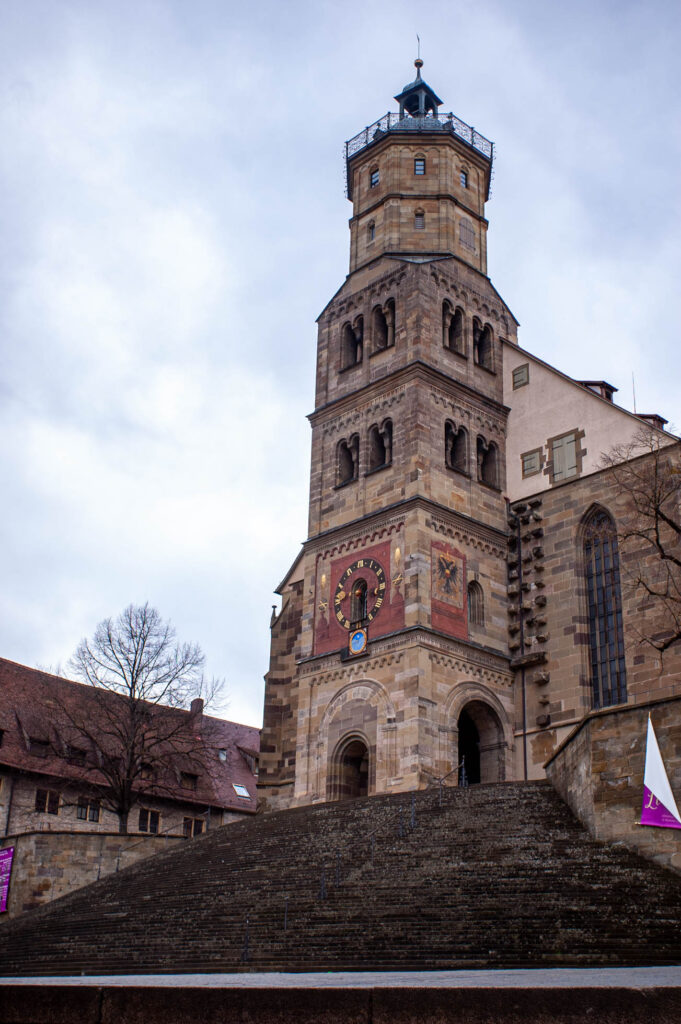
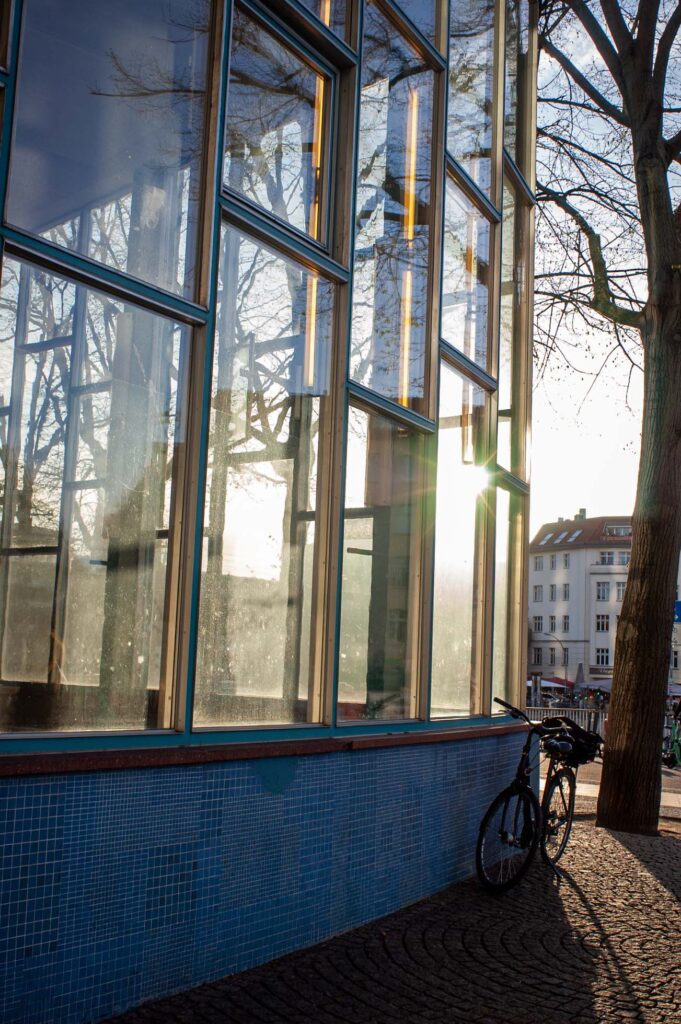
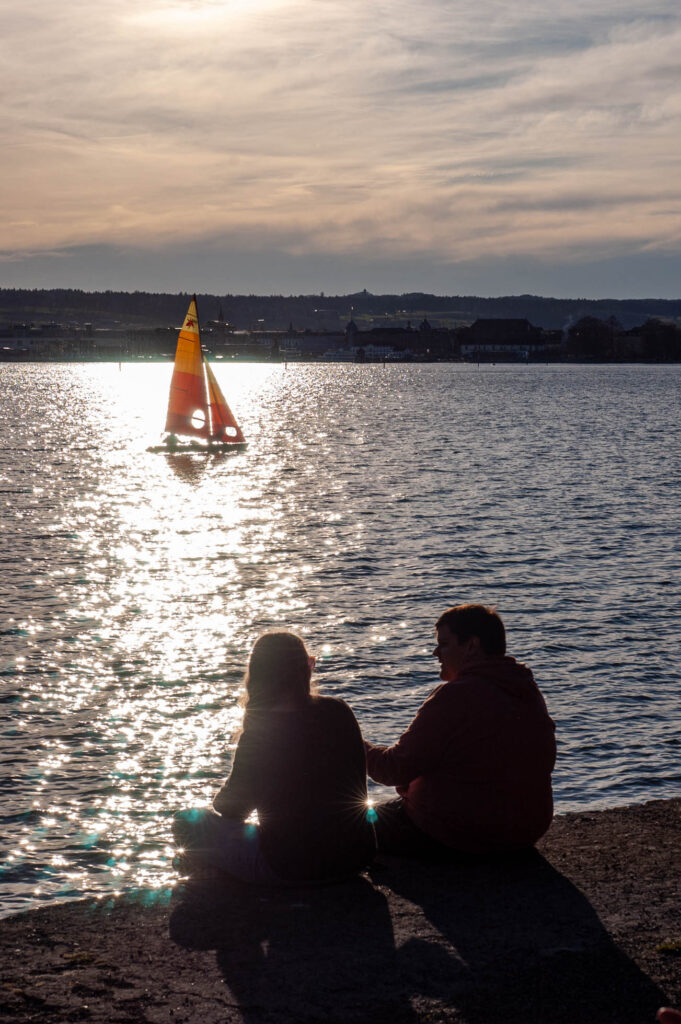
The world in beautiful colours
Of course, everything is always a matter of taste, and post-processing can do many things to the colours of digital images. That said, the colours of the Epson R-D1 deserve a special mention: Thanks to the CCD sensor (I think), the images are rich in tone, well saturated, and the processed (in Lightroom) RAW files have a distinctive warm tone. If you shoot JPGs alongside, you will see a significant difference with the JPGs looking cooler, more tending to blue-green. At any rate, a beautiful outcome for such a veteran camera.
Monochrome mode
The Epson R-D1 is rather famous for its monochrome mode, and we know from the Leica M9 Monochrom that this is an area where CCD sensors can excel. If you want to obtain black-and-white pictures from the Epson R-D1, make sure that RAW+JPG is selected — the RAW files will turn up in colour on your computer, but only the JPG versions will be converted.
For these, however, you can select electronic “filters”. Such algorithms are available for yellow, orange, red, and green filter effects. I found the differences between yellow, orange, and red rather minimal. But this, of course, depends on the colours in the subject. And I have to say that I have always preferred making b/w versions in post-processing if I don’t go for a monochrome camera right away (in this case, always with colour filters — read here why they are indispensable).
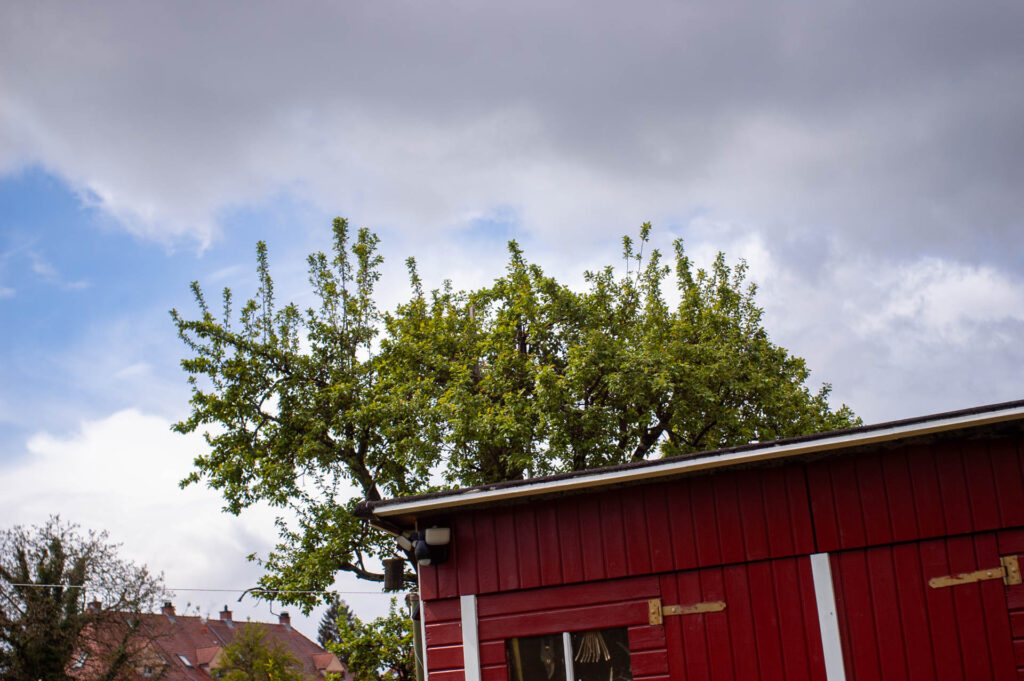
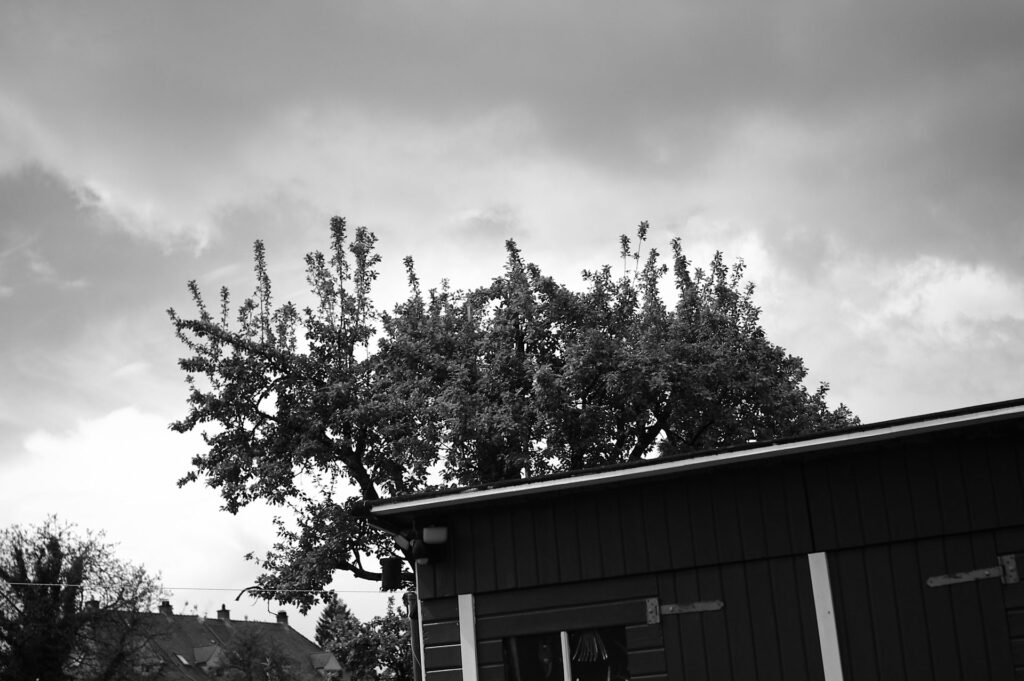
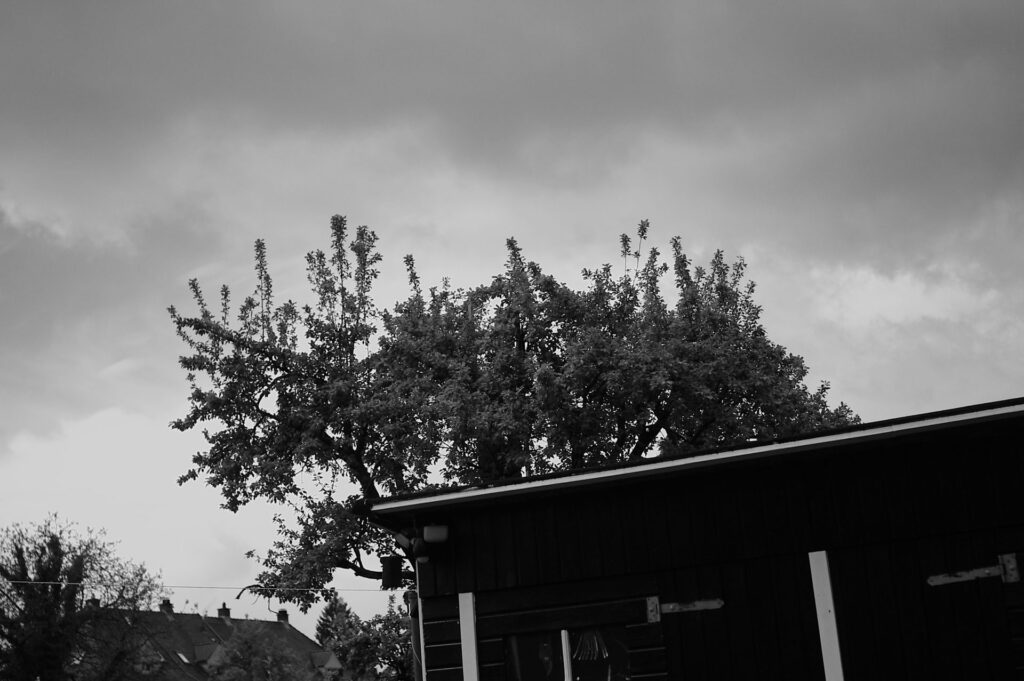
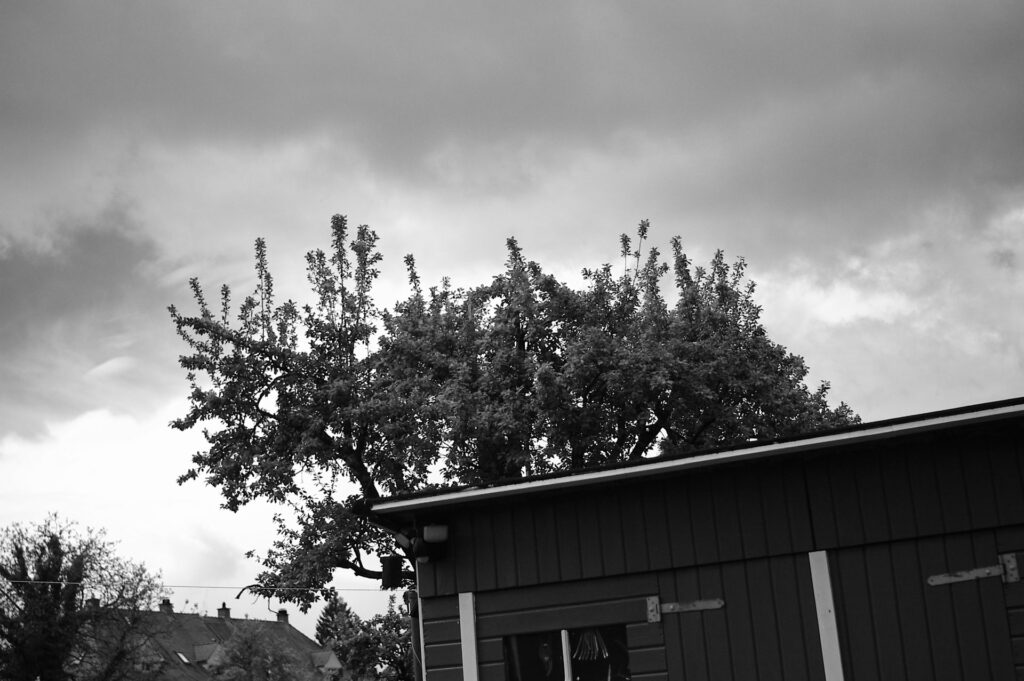
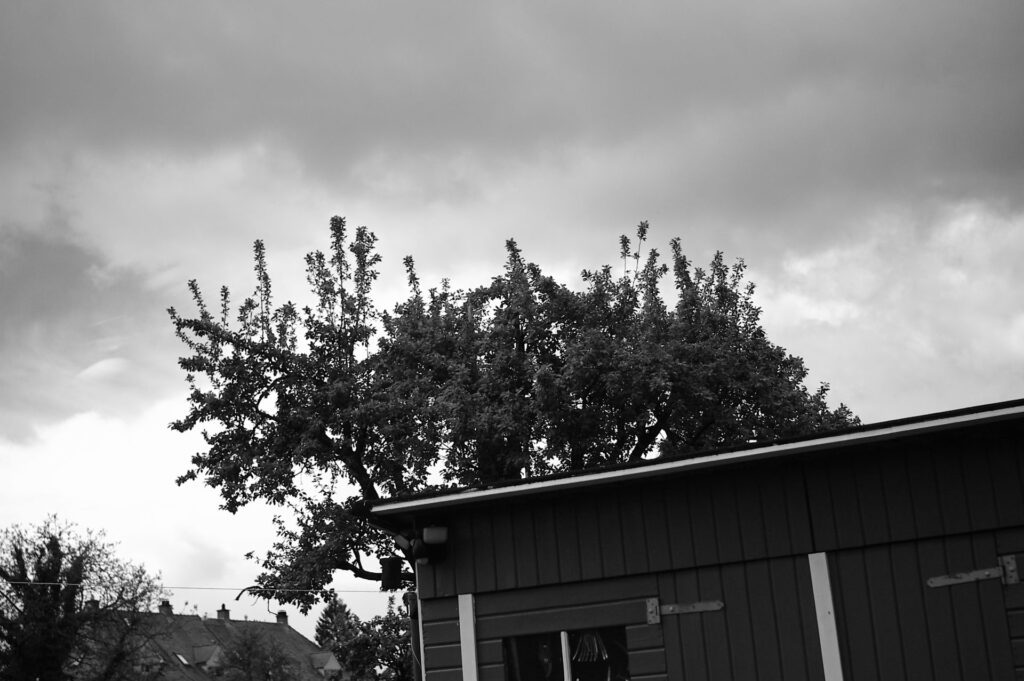
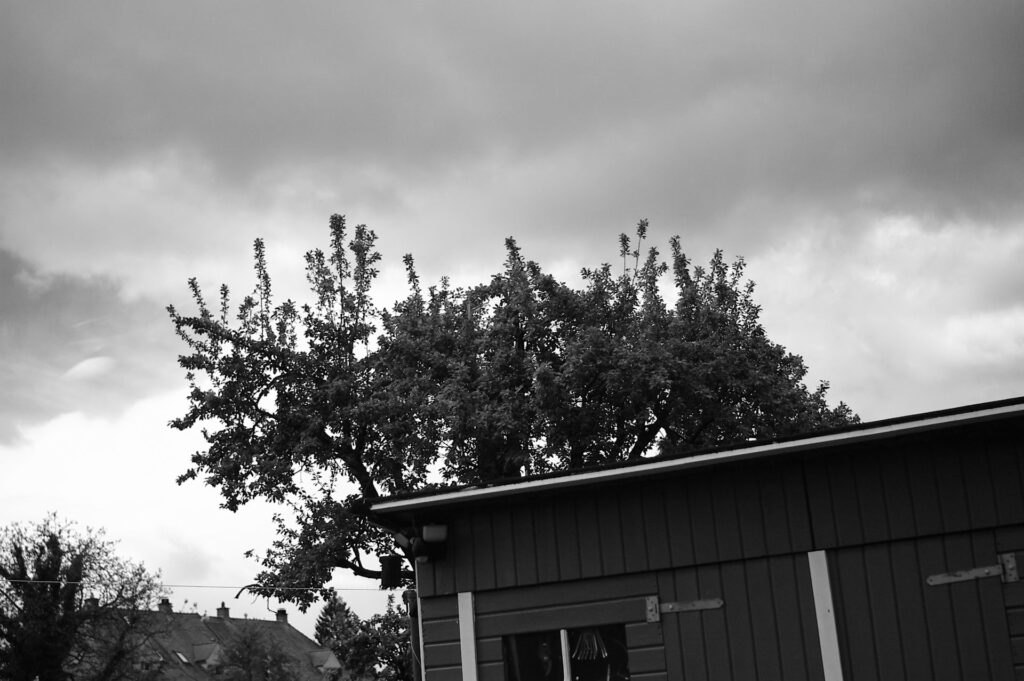
High ISO? Better than you might expect
The ISO range of the Epson R-D1 is from 200 to 1600. I mainly used the camera at base ISO, expecting a fast dropping of image quality at higher ISO values. I was all the more surprised to see good results up to ISO 800 and, even at ISO 1600, the images are useable. By today’s standards, acceptable noise at ISO 1600 is certainly nothing to write home about, but keep in mind that this camera is 20 years old. And if you have RAW files, current AI based denoising technology will do the rest. Using superfast lenses is less of an option — you will incur precision issues of the rangefinder when using the occasional f/1.4 or f/1.2 lens (and the low-resolution back display is no big help for checking sharpness either).


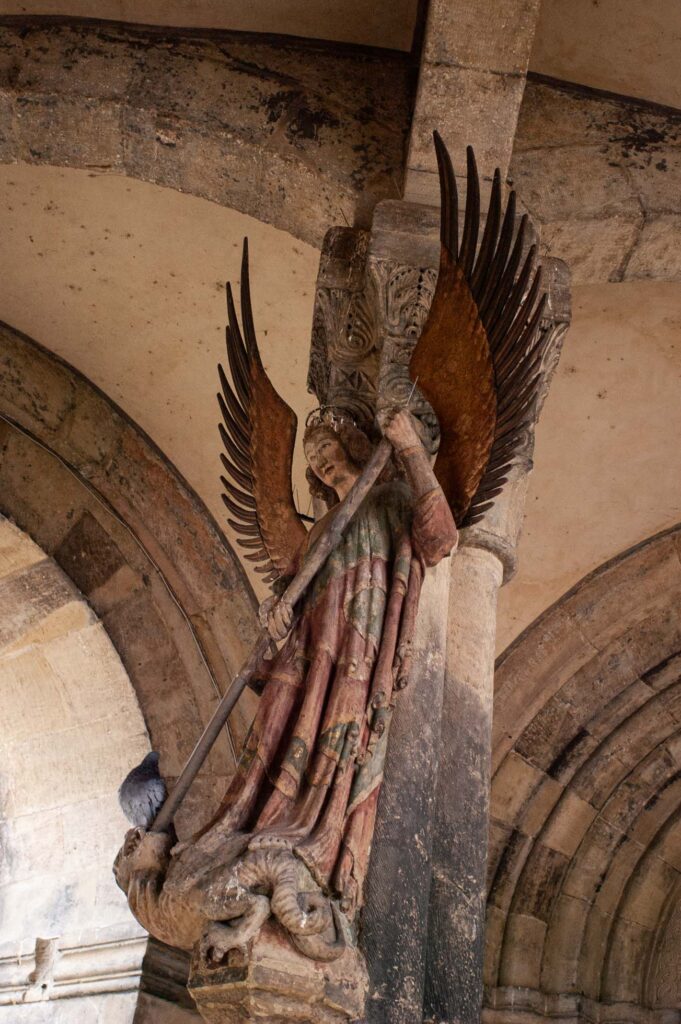
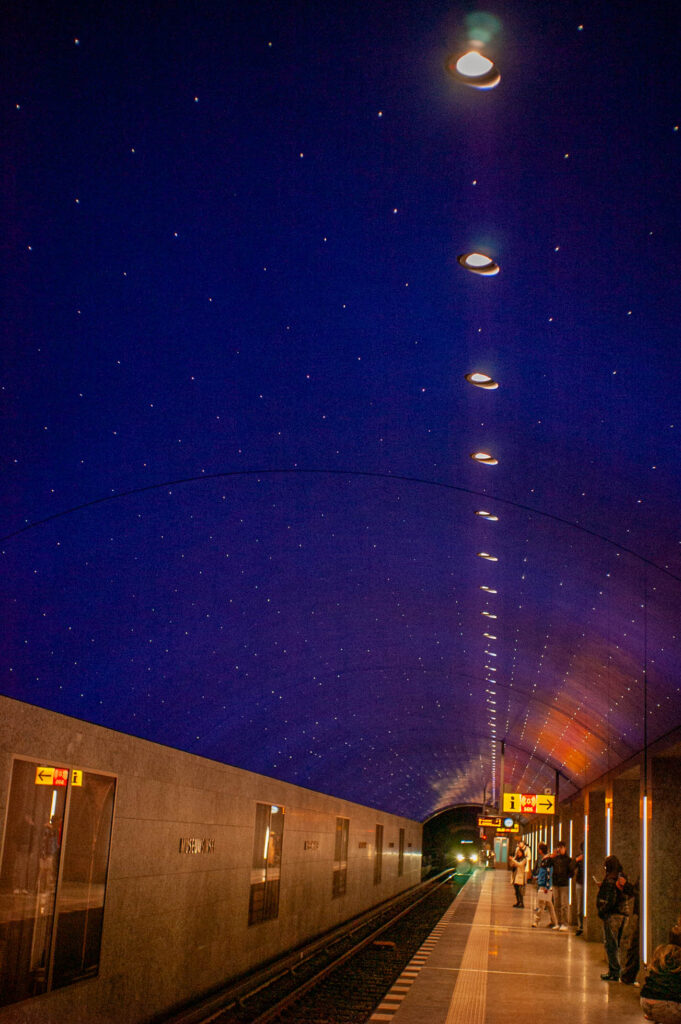
Easier than with a Leica: Exposure is hassle-free
With its off-the shutter reading, the Epson R-D1 employs fairly conventional technology for exposure measurement. Well, it is basically the same as with all the newer Leica digital cameras up to the M10. Only the M11 uses the sensor itself to measure the light. However, there is absolutely nothing wrong with the Epson’s performance. The characteristics are centre-weighted and far more conventional than Leica’s exceptional (and, in the beginning, challenging to use) pattern, which is more of the spot type. Exposure compensation is accomplished by unlocking a small button under the shutter charge lever via the wheel around the shutter release button.
RAW or JPG? This is not the question with the Epson R-D1
I mainly worked with RAW files. The Epson R-D1 can store parallel images, and I made a few tests. The camera lets you set some presets for “films” with parameters for edge enhance, saturation, tint, and contrast. I did not play around with all this because I was more interested in the sensor’s ultimate performance. But for a 20-year-old camera, all this is pretty astonishing. The JPG versions of the files looked rather on the cool side to me, and highlights had a greater propensity to blowing. And with even the latest Lightroom version supporting this camera dinosaur, I see no real reason not to shoot RAW (or, in this case, ERW, which is the correct file format naming).


Conclusion
The decision to design, produce and sell the Epson R-D1 in the early 2000s was a bold move to be sure. Epson and Cosina came up with a camera that was in many ways revolutionary and in others quite conservative. For example, the 6.1MP CCD sensor was certainly not state of the art in these days. The rangefinder measuring base has the same limitations we can see in contemporary film-loading Voigtländer cameras. In a contemporary review for Luminous Landscapes, the well-known expert Sean Reid points out: “In most important respects, the R-D1 functions as the digital rangefinder that many of us have been waiting years for.” You can read Sean Reid’s review also as one of the free items on Reid’s website.
Today, the Epson R-D1 is of historical interest but also remains a beautiful tool for practical photography. It was a pioneering product that, in a way, put Leica to shame. But then again, the Wetzlar people reacted with a much more advanced camera with larger sensor and far better support for a considerable number of vintage Leica M lenses. So, buying an Epson R-D1 today, as nice the images from this camera may be, would be more a collector’s decision. There are some around, often at prices over the Leica M8, so any active photographer would rather go for a used M240 (Macfilos colleague Keith James proves what you can get from this camera to this day, this article is the first in a highly recommendable series).
In the end, the Epson R-D1 turned out to be a dead end
Sadly, the Epson/Cosina effort turned out to be a cul-de-sac, with Epson losing interest in the photography business and Voigtländer focusing on analogue cameras first and only on lenses now. But even from today’s perspective: Kudos to the brave people from more than 20 years ago. Or, to give Sean Reid in the aforementioned 2004 review the final word: “This is an exceptional little camera, one of the best and most enjoyable I have ever used.”
What about you? Have you ever owned the world’s first digital rangefinder camera? Or dreamt of owning it? Is the 6.1MP CCD sensor any good after 20 years of fast development in digital photo technology? Has the Epson R-D1 any value beyond the nostalgic or historic significance? Or do you simply want to know more about the camera or the images shown here? The comments section is yours!
The M Files would not be complete (if that is even a category) without this review of the Epson R-D1. But then this article would not have been possible without the support of long-time reader and author David B. He lent me his R-D1, a camera in wonderful condition and perfect working order, for an extended period of time. I would therefore like to dedicate this episode of the M Files to him personally. Thank you, David, for your help, your confidence, your generosity.
The M Files: Get in-depth knowledge of M-Mount lenses, cameras, and compatible accessories
The M Files is an ongoing project on Macfilos that focuses on photographic equipment with or for Leica M-Mount, made by companies apart from Leica or which are otherwise not part of Leica’s M system. It follows a more or less encyclopaedic approach without being scientific. The focus is always on the real-life use and usability of cameras, lenses and other items. Products covered by The M Files include cameras, lenses, viewfinders, light meters and more. Brands on the growing list include Contax, Konica, Minolta, Rollei, Voigtländer and Zeiss. Click here for the M Files Navigator, which gives you easy access to all articles and reviews by product type and brand.
Die M-Files: M-Mount-Objektive, -Kameras und passendes Zubehör jenseits von Leica M
Die M-Files sind ein Langzeit-Projekt, das sich auf Foto-Ausrüstungsteile mit oder für Leica M-Bajonett konzentriert, die von anderen Firmen als Leica hergestellt wurden oder die nicht zum M-System von Leica gehören. Es verfolgt einen mehr oder weniger enzyklopädischen Ansatz, ohne wissenschaftlich zu sein. Der Schwerpunkt liegt immer auf der praktischen Nutzung von Kameras, Objektiven und anderen Produkten. Zu den in den M-Files besprochenen Produkten gehören Kameras, Objektive, Sucher, Belichtungsmesser und mehr. Einige der Marken auf der wachsenden Liste sind Contax, Konica, Minolta, Rollei, Voigtländer und Zeiss. In deutscher Sprache erscheinen die Inhalte auf www.messsucherwelt.com.

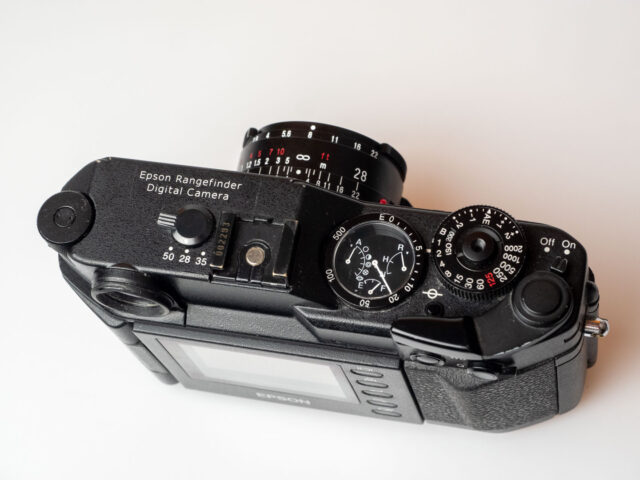
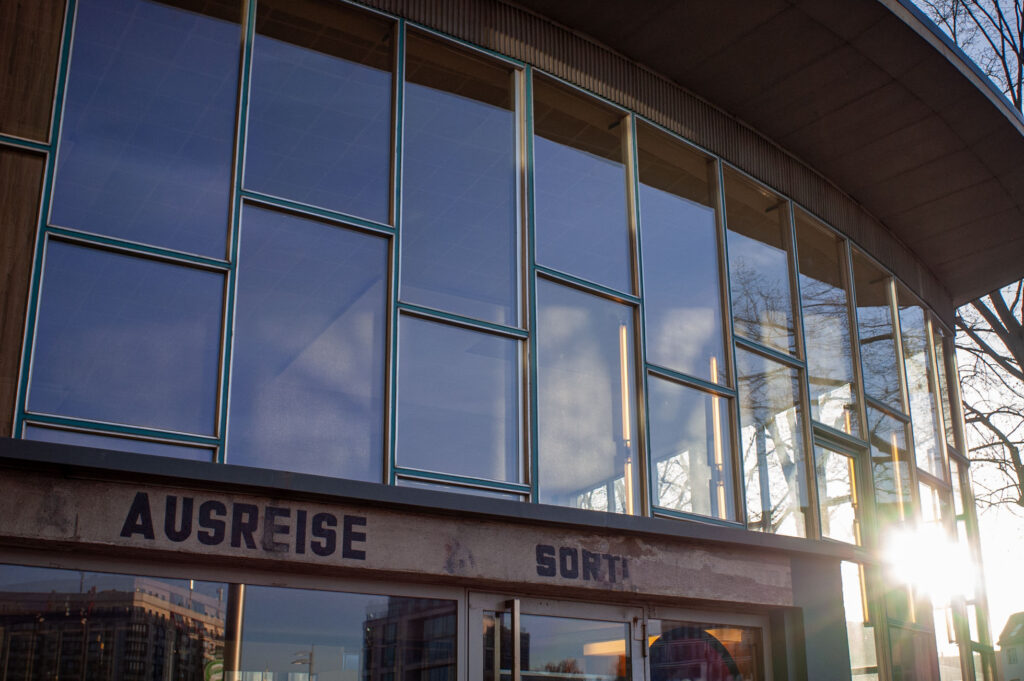

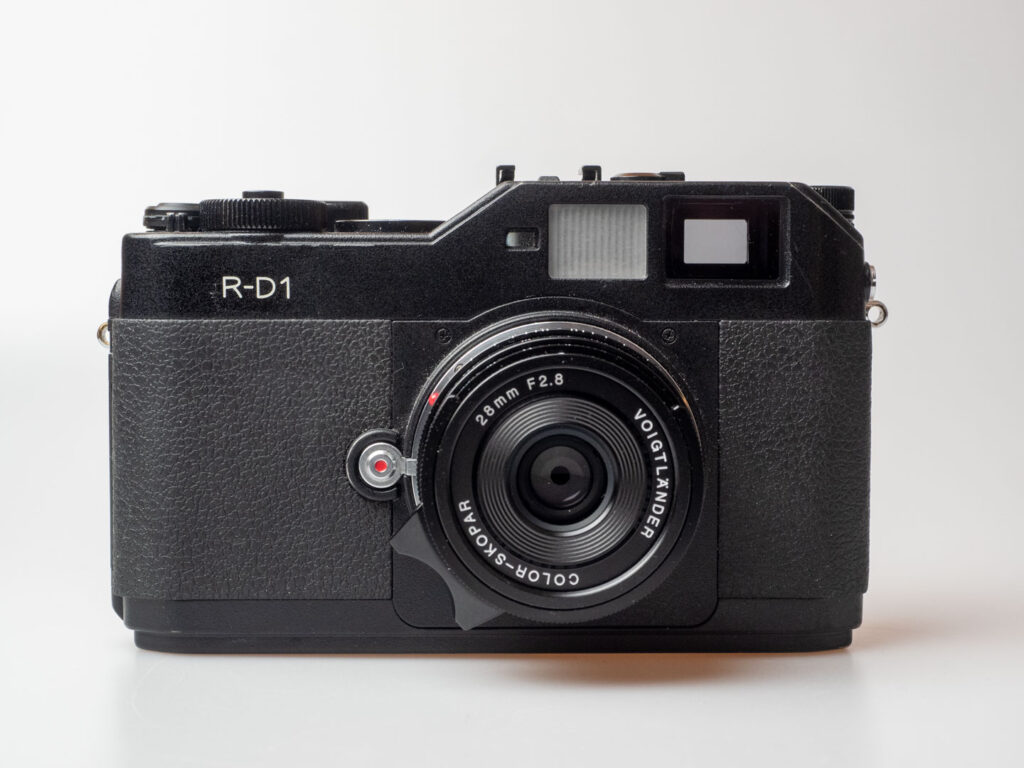
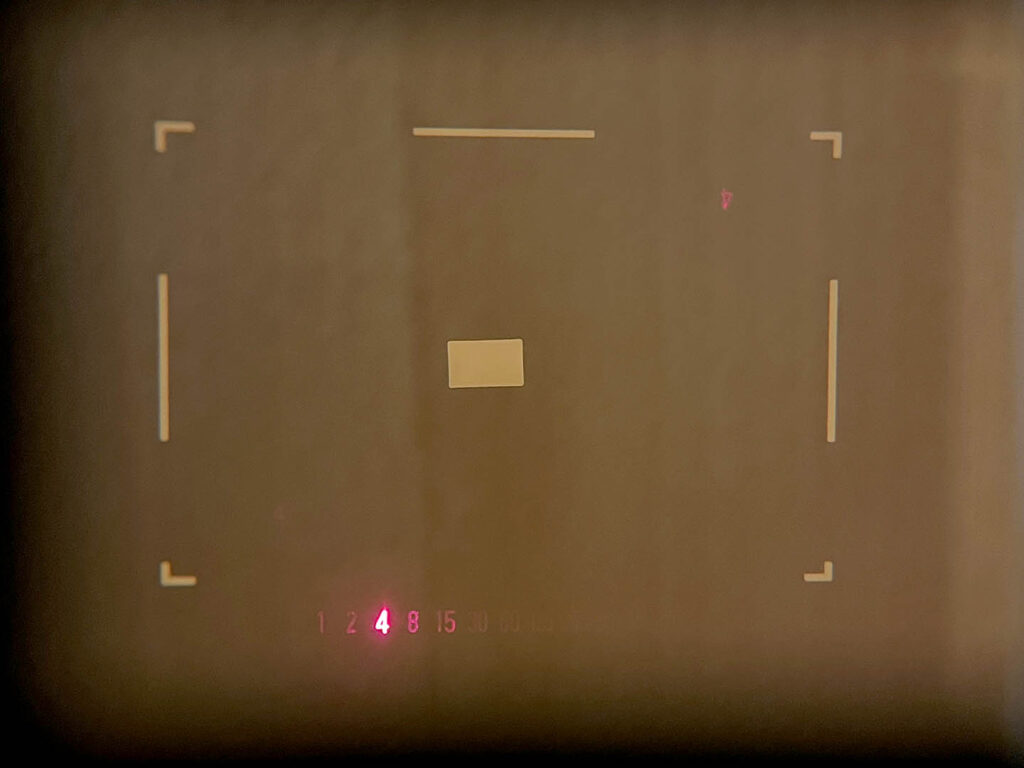
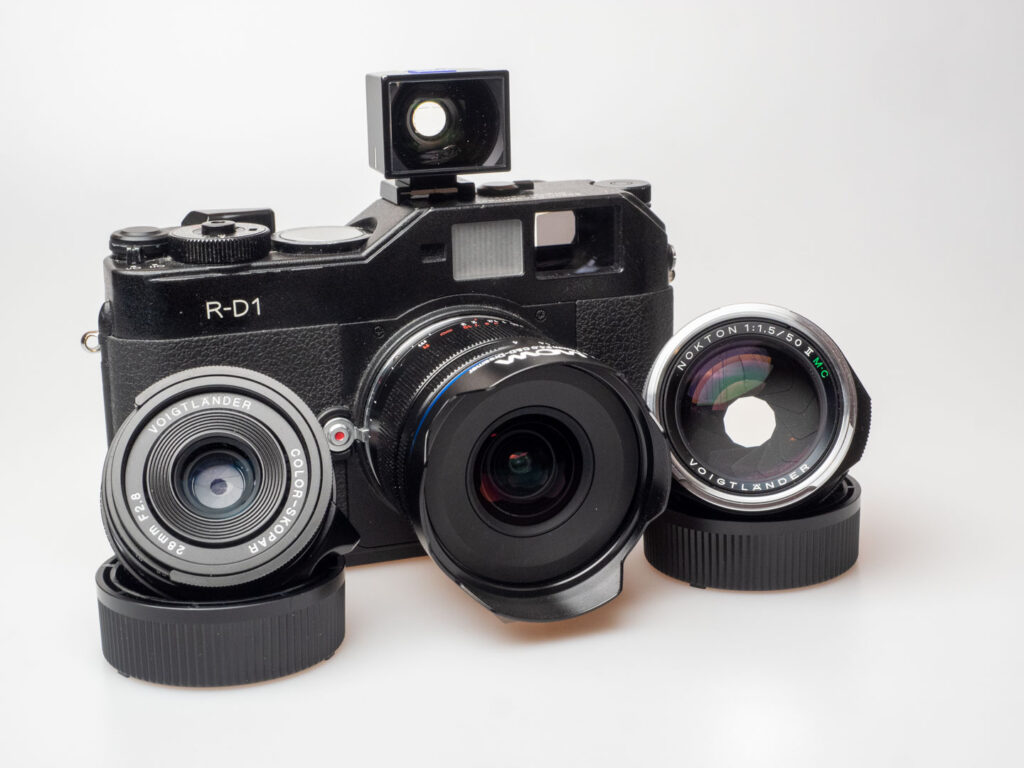
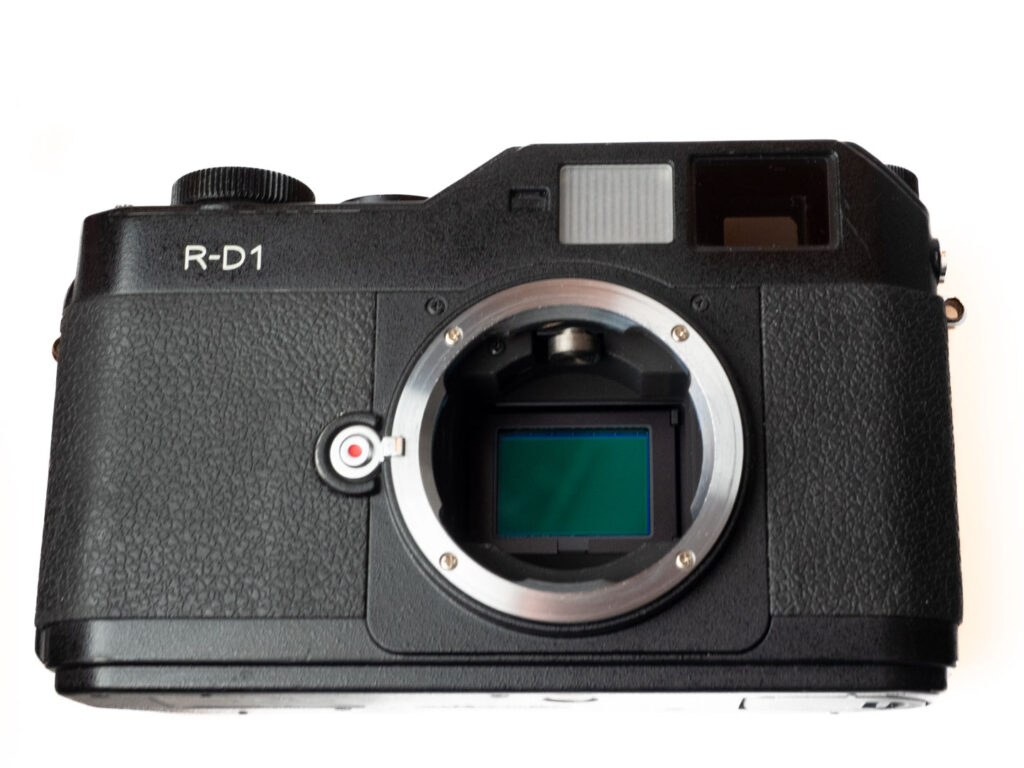
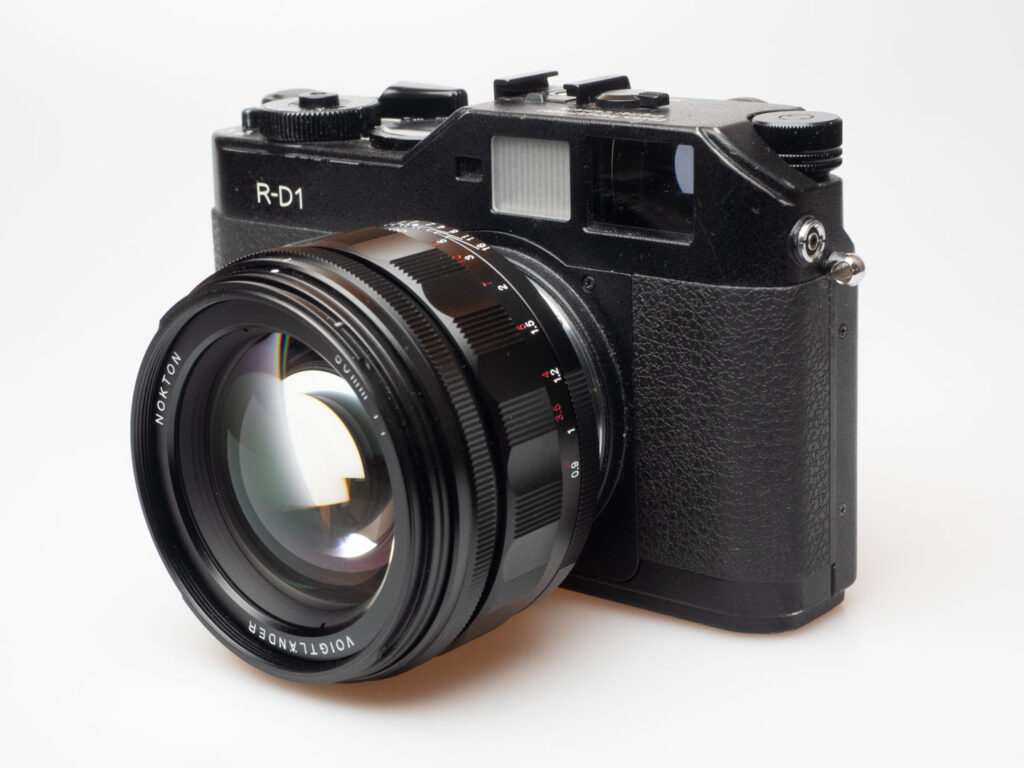
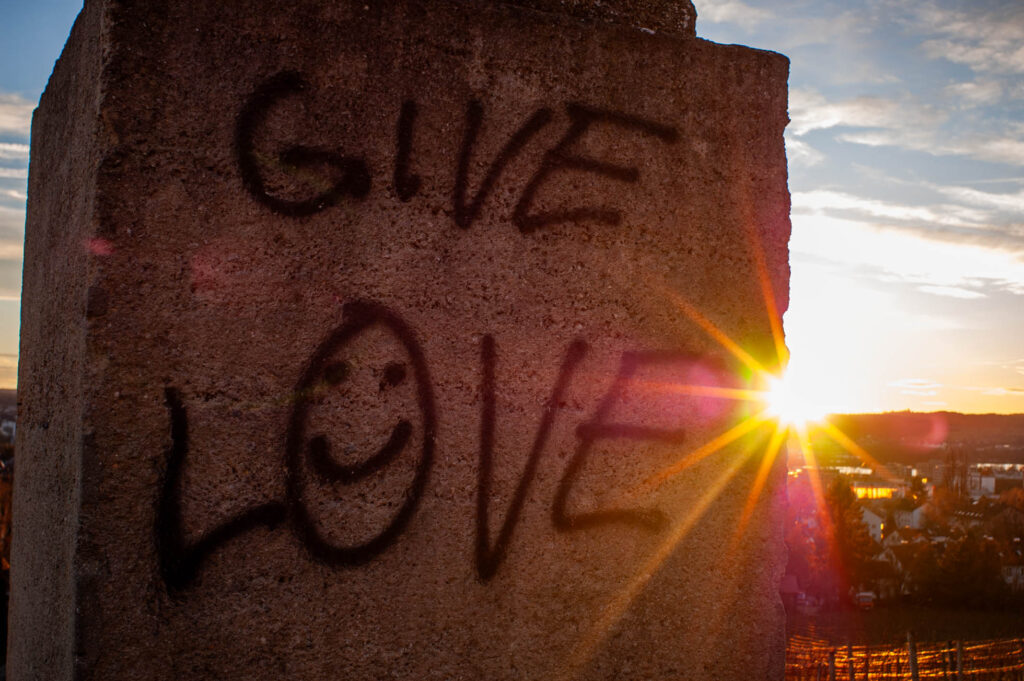





Had one around 2007, used it with the 35mm voigltander ultron 1.2, and it worked great.
Remembering looking online for advice adjusting the rangefinder, think i adjusted it twice or so.
Great camera, regret selling it, but then again i probably had missed another camera.
Those were the good times, M6 with Kodak BW400CN and the RD1s for colour, developing film at work and free access to fuji frontier after hours. Mostly broke but fridge full of film.
“..developing film at work..”
I remember doing that in 1968, after work, in the gents’ toilets at Dan Wuille, fruit importers in Covent Garden. It was just before Christmas. The boss came in at about 5:30 and asked what I was doing.. “Developing some films..” “You’re fired.”
Lost my Christmas bonus, and a box of fruit for Christmas, and my job (which I didn’t like, or understand, anyway). So the next week I got a job on a building site; building the extension to St Stephen’s Hospital, Chelsea, on the Fulham Road ..at the grand wage of £20 (twenty pounds!) a week ..thought I was a millionaire! Twenty pounds a week ..and as many nails as you could manage through the soles of your boots (it was a freezing cold January, so you couldn’t feel your feet as the nails went in ..it was only when your feet felt warm, from all the blood swishing around in your boots, that you realised you’d stepped on yet another nail!)
But, being a hospital, and the emergency ward having already been built, it took only a minute to pop next door and have the nail(s) removed. (Did I say it was a building site?) They had more patients from the site being built than they had from anywhere else ..when we left, and it was finished. they ran out of patients.
Reminds me of the time when.. [No; that’s enough for now..]
Wow, David, quite a story! Left me wondering why your boss was so angry at you developing film after hours.
In 1968 I was at University, living in a small apartment off-campus. I made a makeshift darkroom in the linen closet. I could take the prints through fixing, in there. Then I had to take them to the kitchen for washing. Still have many prints I made there, and they all look like the day I made them, so my developing technique must have been right on.
Congratulations, Martin!
David, this is an impressive story. Thank you for telling it. These experiences and memories must not get lost. JP
Oh, I’ve got many, many more..
Did I tell you about the time I was selling cameras on Oxford Street (central London) and I ..nah; well maybe some other time..
Thanks, Vidar, for joining the discussion. I think if one likes the aesthetics of film photography, the sensor of the R-D1 is really appealing. The images do have a special look, which was quite a discovery for me. I hope not all of these charming imperfections will be swept away with ever “better” cameras and ever “more perfect” algorithms. JP
Thanks for this review.
I bought a RD1-s with Leica 28mm lens in 2007 as my first digital outfit, and found it a wonderful camera. It is very solid in build and the viewfinder is big and impressive – better than the ones on all my numerous preceding film rangefinder cameras. The controls were a delight to use and I wish contemporary cameras had anything like them. The sensor was very good, especially pleasing with B&W rendering, and I also wish CCD sensors would make a comeback. The IQ at 1600 ISO was remarkably good, and more ‘film-like’ than anything I have seen from later digital cameras using CMOS sensors. I kept hoping there would be an upgrade with a higher resolution sensor, but it was not to be. I sold it after over a decade of use, and only because weakening eyesight made it harder to focus the rangefinder well.
Dear Ian, thanks for sharing your experience with this beautiful camera. I was also very impressed of the images I obtained – and started to wonder why the Epson R-D1 didn’t catch my attention when it came out back then. But 20 years ago, I was firmly rooted in the SLR world. I hope your R-D1 found a good new home. These cameras are worth to be used regularly! Best wishes, Jörg-Peter
Thanks for this extensive review, J-P.
The only exception I’d take is to “..the Wetzlar people reacted with a much more advanced camera with larger sensor and far better support for a considerable number of vintage Leica M lenses”. You mean the M8 and then the ‘improved’ M8.2.
The (in my opinion terrible!) M8 – and 8.2 – was a rushed-out camera, with almost the same size sensor as the R-D1, but ..wait for it.. it couldn’t take accurate colour photos of anything black in tungsten (indoor, incandescent) light, as it didn’t have a satisfactory infra-red filter on the sensor! Anything black – little black dress, dinner jacket, bow tie, etc – at a wedding reception? Who knew what shades of purple, magenta or almost-black they might turn out? In fact anything with dark artificial fibres or plastic – teddy bears, scarves, other cameras, anything at all – couldn’t be guaranteed to be anywhere near their original colour (or lack of it) when shot indoors under light-bulb light.
The M8.2 didn’t improve on that, but had a harder, more scratch-free ‘gorilla glass’ on the rear screen, and also the option to continue holding down the shutter button to stop the shutter re-cocking until you’d hidden the camera under your jacket to muffle the FAR NOISIER auto-shutter-cocking mechanism of the two M8 cameras ..far, far noisier than the, er, “noisy” click of the R-D1’s shutter.
(Leica did offer two free accessory IR filters to fit on the front of customers’ lenses to get rid of the over-sensitivity of the M8 and M8.2 to infra-red light ..but only two? What if you had three or four lenses? ..Hard luck; buy the filters yourself.)
So, in essence, the R-D1 was (and is) quieter to use than the follow-on M8 and 8.2. And – as you’ve shown – the R-D1’s sensor works perfectly – after 20 years – unlike the oh-too-IR-sensitive M8, and the ‘corroding’ (Leica’s own word) sensor of the subsequent M9..!
(Some people do say that they like the over-IR-sensitive sensor of those two M8 cameras, as it can give an extra ‘glow’ when shooting in black-&-white, or it’s easy to get infra-red-style b&w photos when using an extra IR filter on your lens. I returned my M8.2 as being not up to Leica standards. I have kept the R-D1, though!)
Oh, finally, you mention the disadvantage of the effective base length of the R-D1 being “..only 37mm”. But the effective base length of Leitz/Leica’s own film CL was just 19mm (!) and the R-D1 is comparable with Leica’s M6 TTL .58 and other Leicas with the ‘wide-angle’ .58x finder, which have an effective viewfinder base length of only 40mm. Not really much different from 37mm.
Thanks again, J-P, for this really thorough description and review!
Dear David, thank you so much for adding to the article. The M8 and M9 were noisy indeed, and I have to admit that I really like the manual “advance lever” on the Epson. It is a beautiful camera, and the images can be amazing. However, I have to disagree when it comes to the effective base length. True, the Leica 0.58 models are not much better, but then these were made for use with short focal lengths while the Epson is not so much of a wide-angle camera due to the sensor’s crop factor. But at any rate, it is possible to obtain wonderfully sharp images from this camera! All the best, JP
“When Epson launched the R-D1, Leica had the digital back for the M8/M9”. R8/R9, not M8/M9 of course!
Thank you, fiatlux. You are right of course. We will change that! JP
Congratulations on the silver anniversary of the M Files. Maybe Leica will make a special edition to celebrate.
Thanks, Mike. I don’t want to think out loud about all the things that could come to Leica’s mind. It might just be too sarcastic… JP
I bought an R-D1 and used it until the M8 came out. It was, and is, a remarkable camera. It is wonderful to read your article about it, Joerg-Peter. The only thing I would add is that I worked (regularly, unfortunately) on the rangefinder, to maintain its accuracy. And the accuracy I needed was shown in an image I published here a while ago of my dog’s eye using the Noctilux f/1.0, when I wrote about the LLL 50/1.2.
The camera is so well thought-out and the images can be outstanding, I really, really wished they had updated it.
Ed
Dear Ed, just like you I am really sad that the Epson ended in a cul-de-sac. It is a wonderful camera, and the one I used had a well-adjusted rangefinder. And looking at my images, I am impressed by the sensor every time. Thanks for joining the discussion, and all the best for you! Jörg-Peter
I still have mine, and now will use it once again!
So, I just got my R-D1 out, put a 3rd-gen 35/2 and shot this at f/4. Hope the link works. No post processing.
https://flic.kr/p/2pMZUV5
Ed
Worked for me. Nice image. Nice dog.
Maybe Samuel Mello Madeiros – the man who created the ‘I’m Back’ digital back, and the latest digital ‘Yashica’ could update the Epson, too, and maybe call it the R2-D2..?
Joerg-Peter,
Thanks for this article. I had read about the Epson a few years back, and was amazed anyone would produce such a camera in 2004. After all, this was six years before the Fujifilm X100, which although a rangefinder look-alike, certainly was not a rangefinder camera.
Also thanks for the reminder that 6 MP is still higher resolution than the 27″ display I use! Makes me even happier with my “low res” 16 MP Nikon Df.
Mi Martin, thanks for your feedback. 6MP sound ridiculous today, but I think the images speak for themselves (and they were actually downsized to save bandwidth and storage capacities). I am sure and hope the Nikon Df will be your good companion for years to come! Jörg-Peter